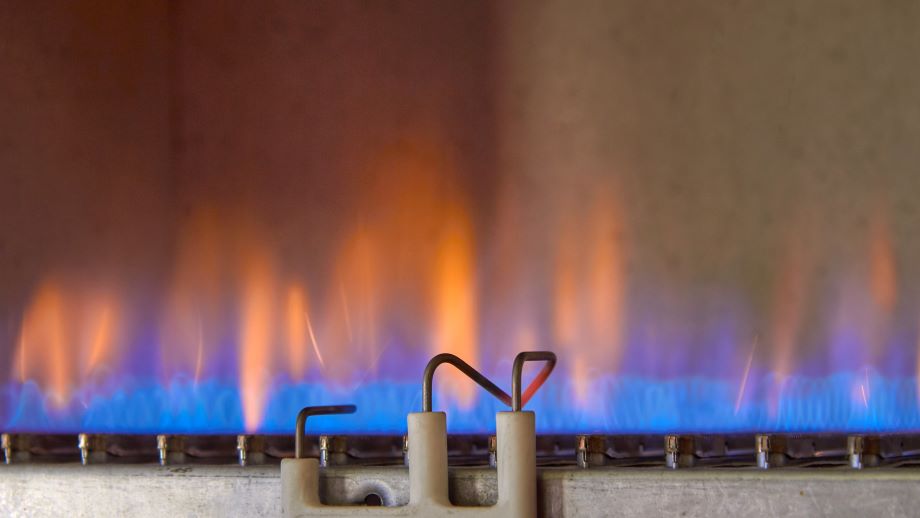Australian Students' Air-Powered Bike
Australian Students' Air-Powered Bike


A computer-generated image of a racing motorcycle to be powered by compressed air. The single gear is fixed at a 1:1 ratio.
Any child who’s spent any time in the tub with a balloon-powered boat knows firsthand that compressed air can move stuff. Put the balloon over the tube at the stern, blow it up, let go, and watch the toy boat surge through the soap suds, leaving nothing but bubbles in its wake.
Could the same principle work to move a larger toy fast enough to win a land-speed record? The professor and students of an industrial design course at Australia’s Royal Melbourne Institute of Technology University think so.
Inspiration
The idea first came to professor Simon Curlis while recovering from a motorcycle accident. The gasoline-powered machine Curlis had been riding was totaled and, during convalescence, he turned his mind to his next bike—one that he hoped would help him set some new land-speed record at Australia’s Speed Week, held every March on the salt flats of Lake Gairdner. But Curlis wanted to do so in the greenest way possible, so he created the industrial design course at RMIT to figure out the most environmentally friendly means to power a muscle bike.
In their research, Curlis’s students soon came across an air-powered engine made by Melbourne-based engineer, Angelo Di Pietro. The engine had virtually no friction, required a single pound per square inch of puffed air to get things rolling, and was smaller than a combustion engine. “I personally think it is a genius invention,” said Edwin Conan, the student who headed the design project. They contacted Di Pietro and he agreed to let them use the next generation of his engine, provided that they keep the technology hidden under a black cover.
[Adapted from “Running on Air,” by Michael Abrams, for Mechanical Engineering, May 2010.]
The engine is powered by two tanks of compressed air, and with them the engine hits 3,000 rpm almost instantaneously.


.png?width=854&height=480&ext=.png)
